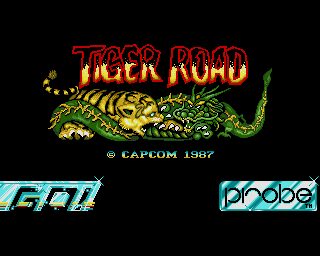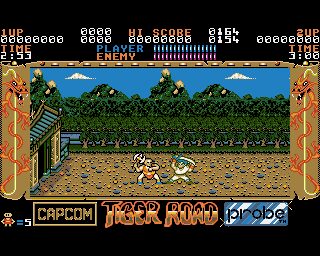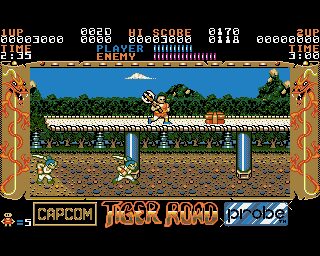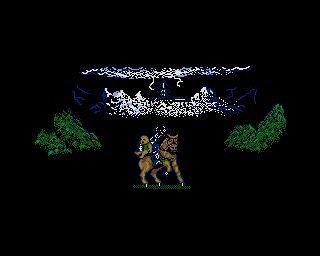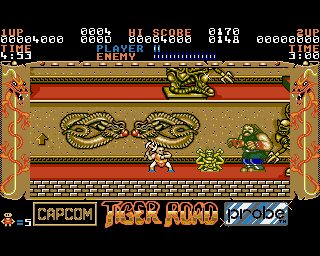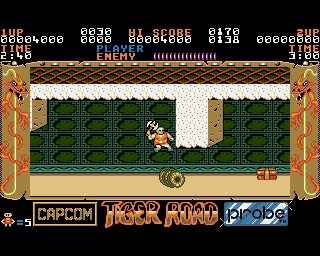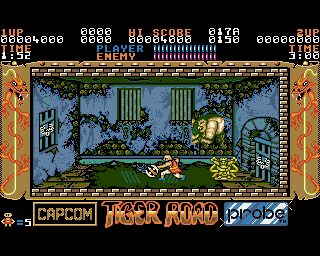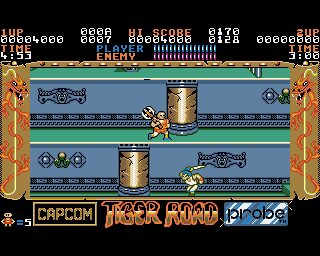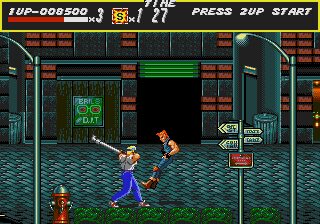Tiger Road is a side-scrolling beat 'em up released by Capcom in 1987.
The game combines martial arts with fantasy elements, placing players in the role of Lee Wong, a heroic warrior tasked with rescuing kidnapped children and recovering sacred scrolls from the evil Ryu Ken Oh. The game was designed by Tokuro Fujiwara, a legendary figure in Capcom's history, known for his work on titles such as Ghosts 'N Goblins and Commando. With Tiger Road, Fujiwara continued his tradition of challenging, fast-paced gameplay paired with atmospheric design.
The game’s core appeal lies in its dynamic combat mechanics. Lee Wong wields a polearm weapon and faces hordes of enemies across varied environments, from mountain temples to enemy fortresses. As players progress, they can unlock magical attacks and new moves by completing dojo-style training segments between levels — a unique feature that adds depth and variety. Boss fights punctuate each stage, requiring precise timing and strategic use of the acquired techniques.
After its arcade success, Tiger Road was converted to several home computers, including the Commodore 64, Amstrad CPC, Amiga, and Atari ST. The Commodore 64 version, published by U.S. Gold, is among the most praised. While it couldn't replicate the arcade’s graphical fidelity, it retained the gameplay mechanics well. The controls are responsive, and the graphics make clever use of the system’s color palette, though the level of detail was scaled back. The music and sound effects are minimal but contribute enough to the atmosphere.
The Amstrad CPC version presents more vibrant visuals than the C64, but the gameplay suffers from slower performance, affecting the overall responsiveness. Despite this, it remained a playable and enjoyable adaptation for fans of the system.
The Amiga version, released later, comes closer to replicating the arcade experience. It features more colorful and detailed graphics, improved animations, and digitized music. However, the controls were occasionally criticized for not feeling as tight as the original. The Atari ST version is similar, offering decent visuals but slightly weaker sound and animation than its Amiga counterpart.
Despite the differences across versions, Tiger Road preserved its core gameplay and appeal in most of its adaptations. Players appreciated the game for its demanding challenge, atmospheric design, and unique blend of martial arts and magical elements. It remains a memorable entry in Capcom’s 1980s arcade library and a notable early work from Tokuro Fujiwara, whose design philosophy helped define an entire era of action games.

